Treathay Tablets Fexofenadine 120mg | Antihistamine | Hayfever | Allergy relief
£8.50 Original price was: £8.50.£7.99Current price is: £7.99.
In stock
Description
Treathay 120mg Tablets – Fast and Effective Allergy Relief
Treathay 120mg tablets are a convenient and effective solution for relieving symptoms of seasonal allergies (hay fever) such as sneezing, a runny or blocked nose, itchy eyes, and throat irritation. Each tablet contains 120 mg of the active ingredient fexofenadine hydrochloride, a powerful non-drowsy antihistamine that provides long-lasting relief from allergic rhinitis.
Key Features:
- Active Ingredient: 120 mg fexofenadine hydrochloride per tablet
- Non-Drowsy Formula: Enjoy allergy relief without feeling sleepy or fatigued
- Fast-Acting: Starts working within one hour to tackle allergy symptoms
- Once-a-Day Dosage: Provides 24-hour relief with just one tablet
Who Can Use Treathay?
Treathay 120mg is suitable for adults and children aged 12 years and older. It is particularly helpful for people who suffer from seasonal allergies and need consistent, long-lasting relief throughout the day.
How to Use:
- Adults and Adolescents (12 years and over): Take one tablet (120 mg) once a day before a meal. Swallow the tablet with water.
- Not Suitable for Children Under 12 Years.
Precautions:
- Pregnancy and Breastfeeding: Treathay should only be used during pregnancy or while breastfeeding if advised by a doctor.
- Consult a Doctor: Before use if you have any cardiovascular conditions, or if you’re elderly or have kidney or liver problems.
- Interactions: Avoid taking antacids containing aluminum or magnesium within two hours of using Treathay, as this may reduce its effectiveness.
Possible Side Effects:
Although side effects are rare, some users may experience mild symptoms such as headache, dizziness, nausea, or fatigue. If you experience any severe reactions, consult your doctor immediately.
Why Choose Treathay 120mg?
Treathay offers a convenient, once-daily dose to relieve allergy symptoms without causing drowsiness. It’s perfect for anyone who needs to stay active and alert while managing their seasonal allergies effectively.
FAQs for Treathay 120mg Tablets
1. What is Treathay 120mg used for?
Treathay 120mg is used to relieve the symptoms of seasonal allergic rhinitis (hay fever), including sneezing, a runny or blocked nose, itchy eyes, and throat irritation.
2. How quickly does Treathay start working?
Treathay starts working within one hour of taking a dose and provides relief for up to 24 hours.
3. Can I take Treathay 120mg if I am pregnant or breastfeeding?
If you are pregnant or breastfeeding, you should only take Treathay if your doctor advises it. Always consult your doctor before starting any new medication during pregnancy or while nursing.
4. How often should I take Treathay 120mg?
The recommended dose for adults and children over 12 is one 120mg tablet once a day, preferably before a meal.
5. Does Treathay cause drowsiness?
No, Treathay contains fexofenadine, which is a non-drowsy antihistamine. It helps relieve allergy symptoms without causing sleepiness or fatigue, so you can carry on with your daily activities.
6. Can I take Treathay with other medications?
Treathay can interact with antacids that contain aluminum and magnesium, reducing its effectiveness. It’s best to leave a two-hour gap between taking Treathay and these types of antacids. If you’re taking other medications, consult your doctor before using Treathay.
7. Is Treathay suitable for children?
Treathay 120mg is suitable for children aged 12 years and older. For children under 12, consult your doctor for appropriate treatments.
8. What should I do if I miss a dose?
If you miss a dose, take it as soon as you remember. If it’s almost time for your next dose, skip the missed dose and take the next one at the regular time. Do not take a double dose to make up for the missed one.
9. What are the possible side effects of Treathay?
Some users may experience mild side effects such as headaches, dizziness, nausea, or fatigue. If you experience any severe or unusual reactions, stop using Treathay and seek medical advice.
10. How should I store Treathay 120mg tablets?
Store Treathay tablets at room temperature in their original packaging, away from moisture and heat. Keep out of reach of children.
Only logged in customers who have purchased this product may leave a review.

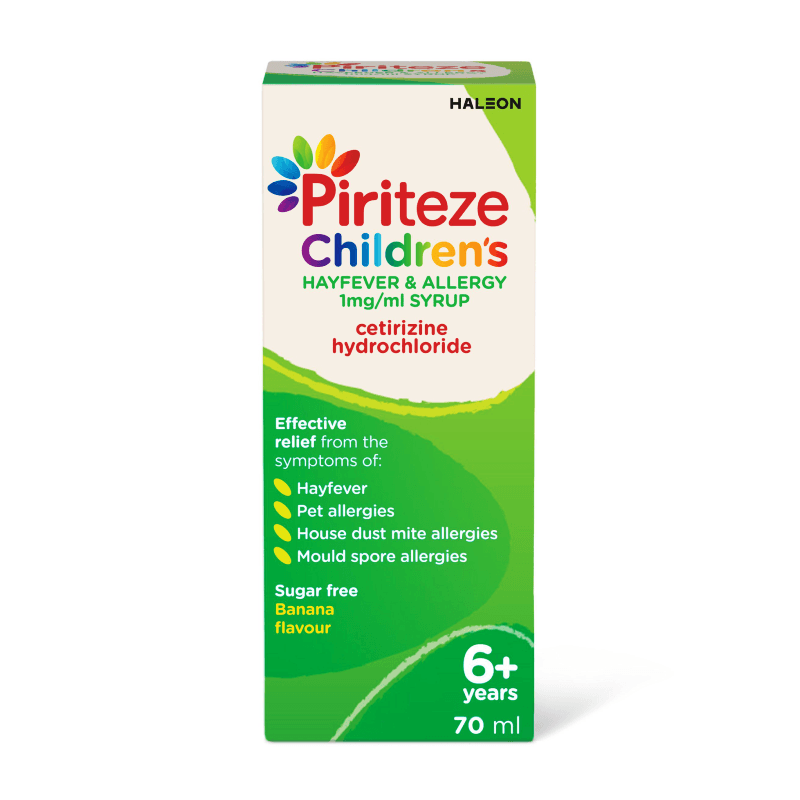
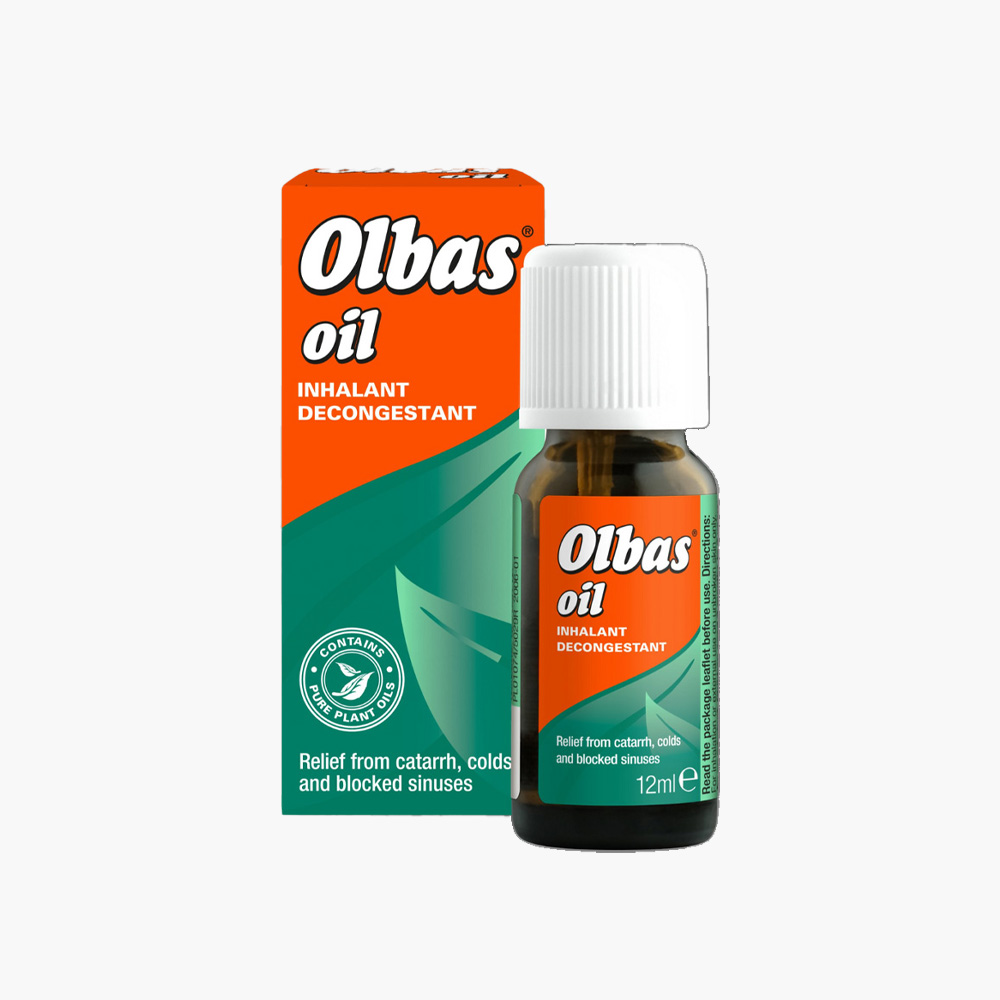
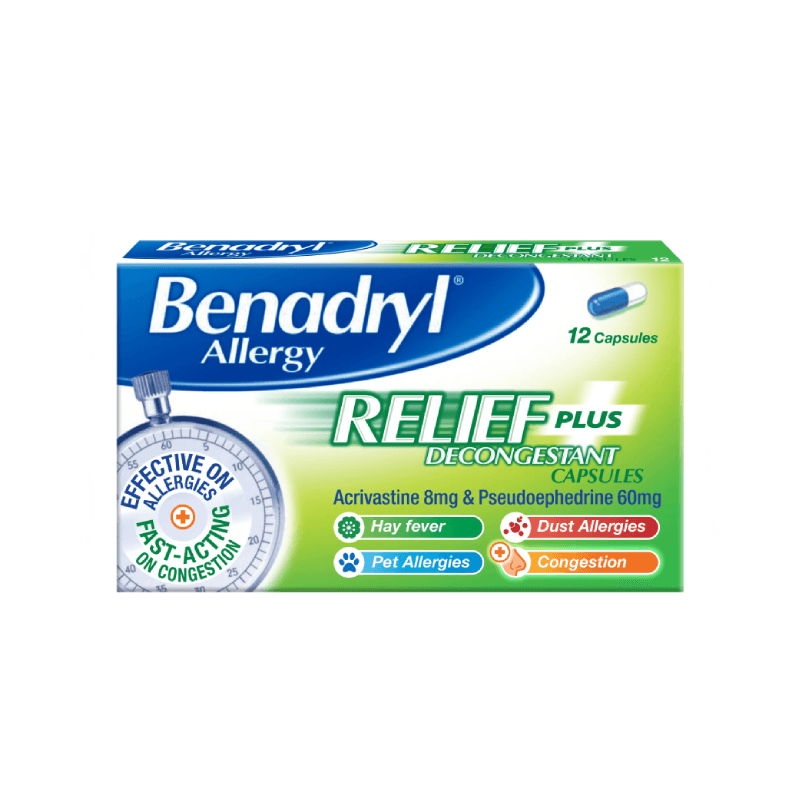
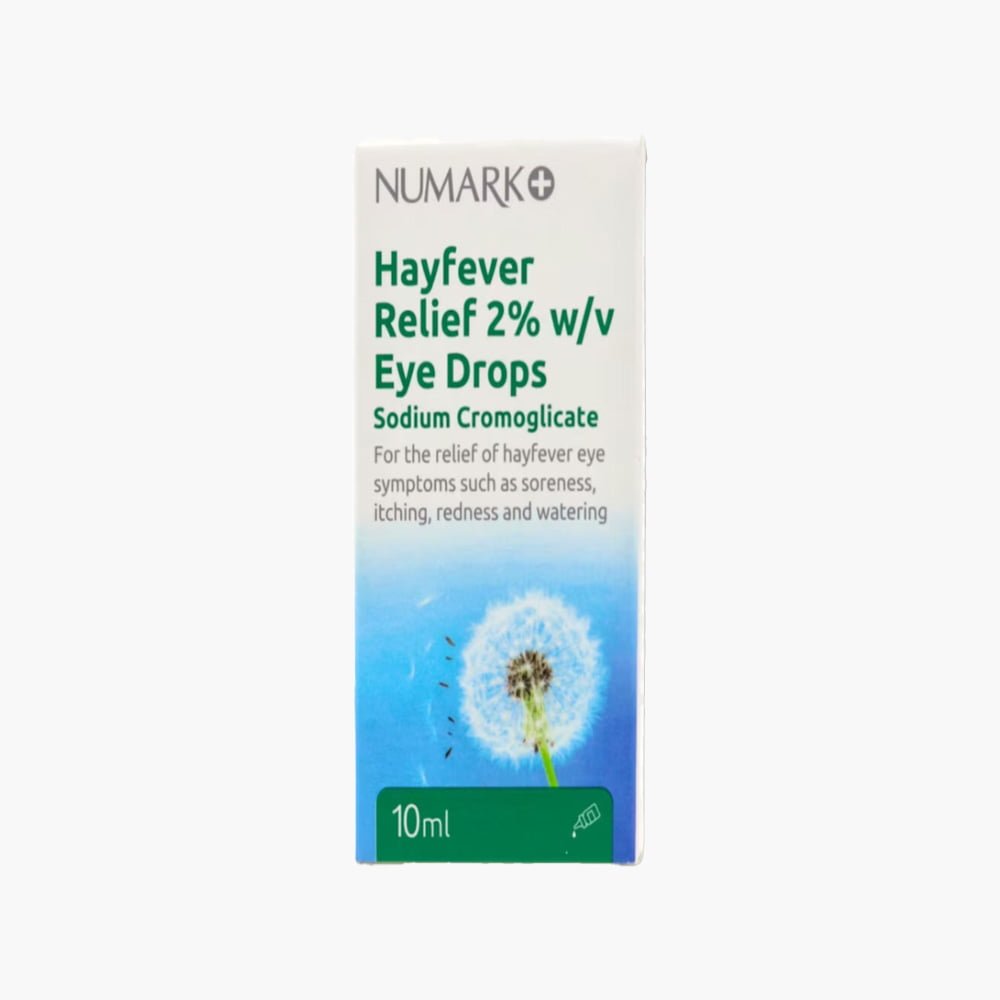
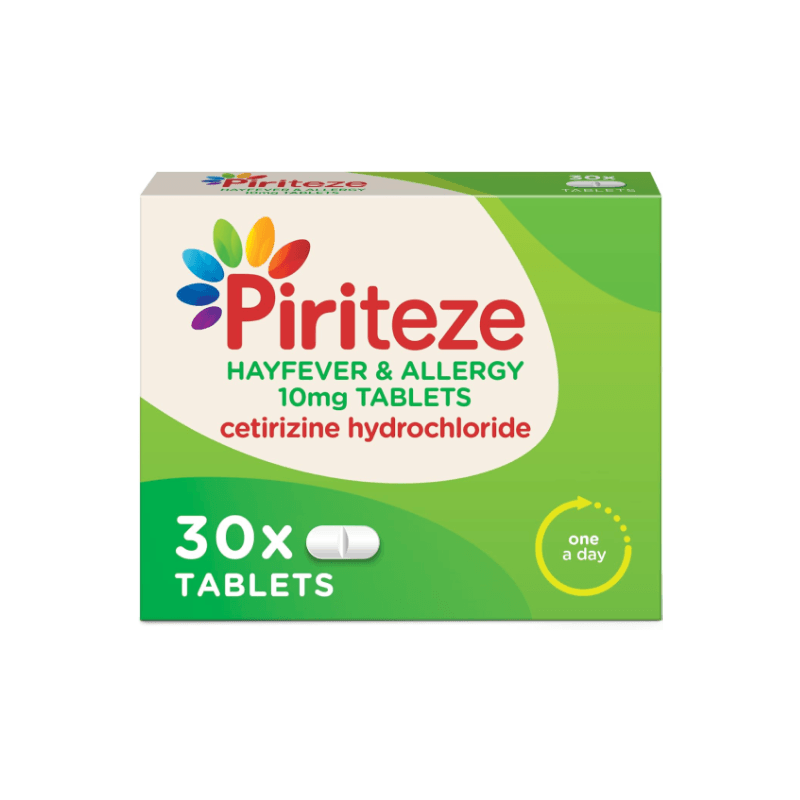
Reviews
There are no reviews yet.